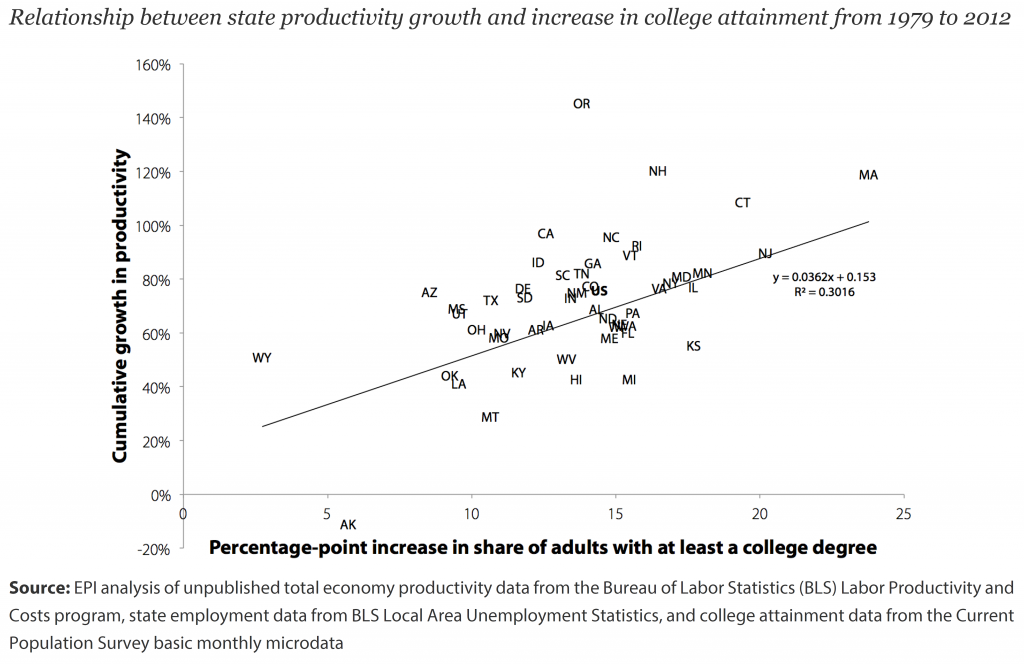[Updated 2/5]
They’re small. Really small. From the Congressional Research Service (Jan. 5, 2015):
Because job projections, in particular, involve numerous assumptions and estimates, the State Department’s job estimates for Keystone XL have been a source of disagreement. One challenge to State’s analysis is that different definitions (e.g., for temporary jobs) and interpretations can lead to different numerical estimates and “fundamental confusion” about the Final EIS numbers. Consequently, it may be difficult to determine what overall economic and employment impacts may ultimately be attributable to the Keystone XL pipeline or to the various alternative transport scenarios if the pipeline is not constructed.
